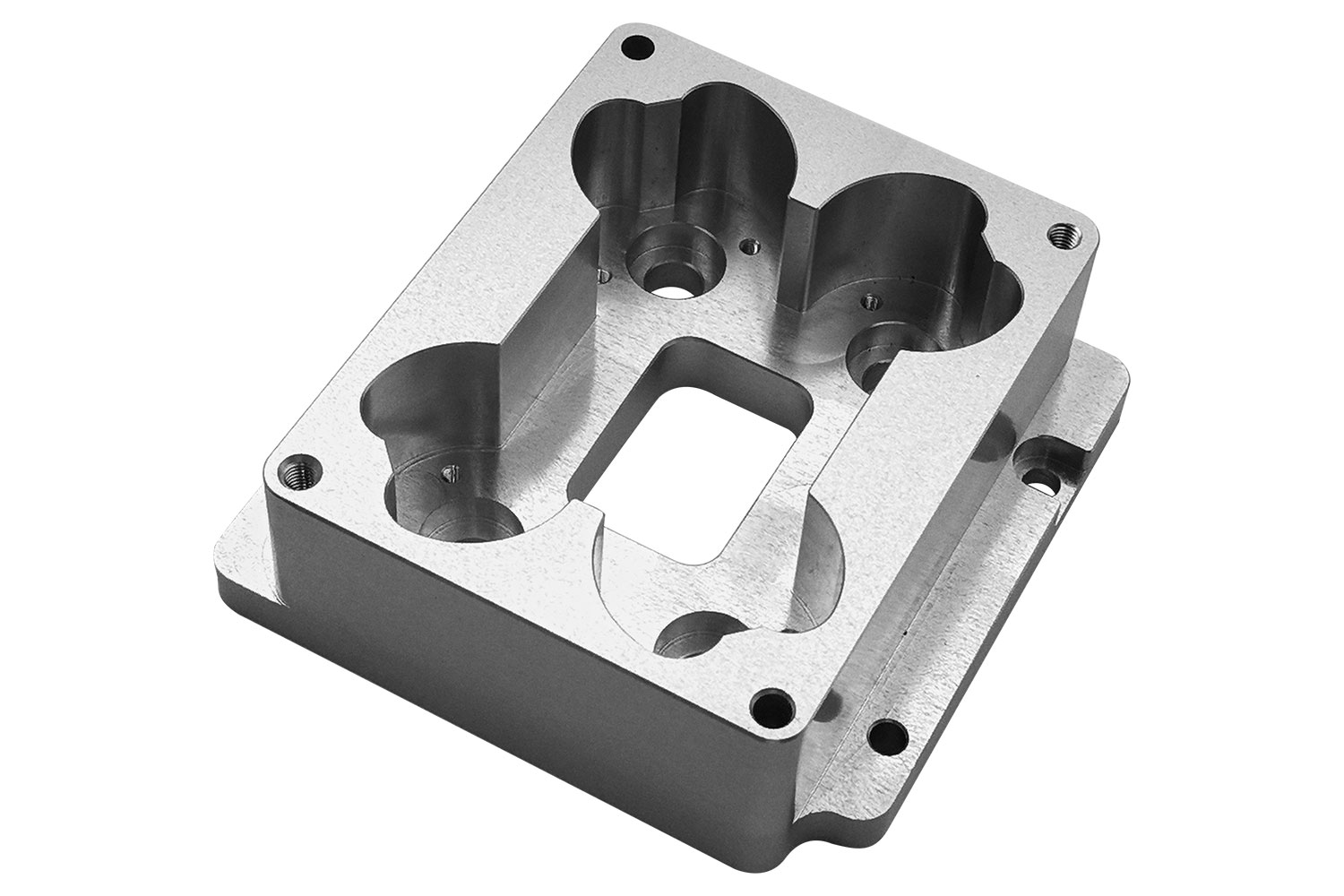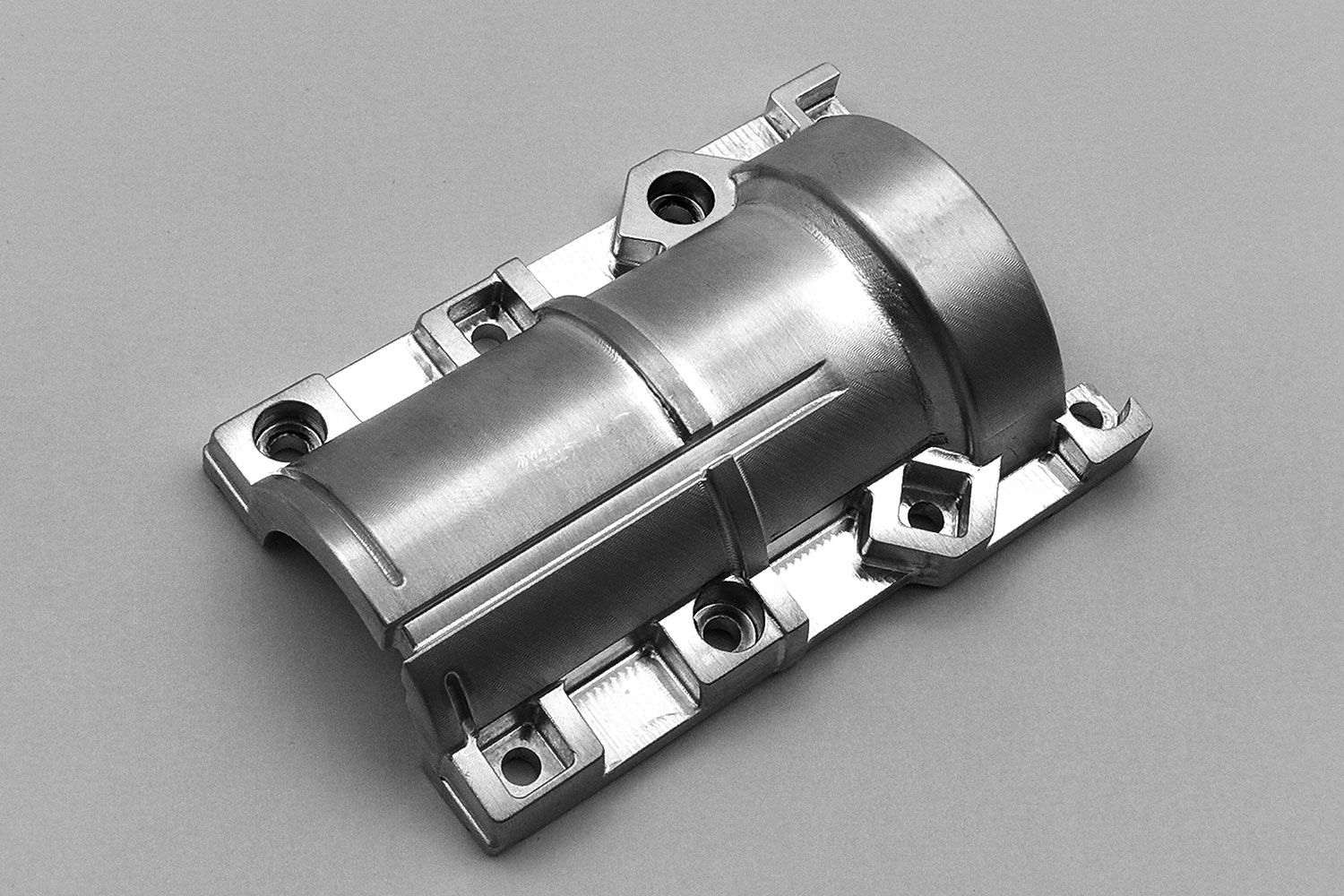The initial step in Sinker EDM involves crafting an electrode to match the desired cutout shape. This electrode is then charged and immersed into dielectric fluid along with the metal component. Through the process, the charged electrode is plunged into the metal, creating sparks that erode the material, thus shaping the internal feature as intended.
While Sinker EDM proves effective for crafting intricate features like bevel gears, internal gears, spiral gears, and worm gears, it's worth noting that the method is relatively slow and costly, making it less favorable for all applications. Nonetheless, Sinker EDM excels in producing hard-to-reach angular internal features such as blind keyholes, which may be unachievable through alternative machining methods.










